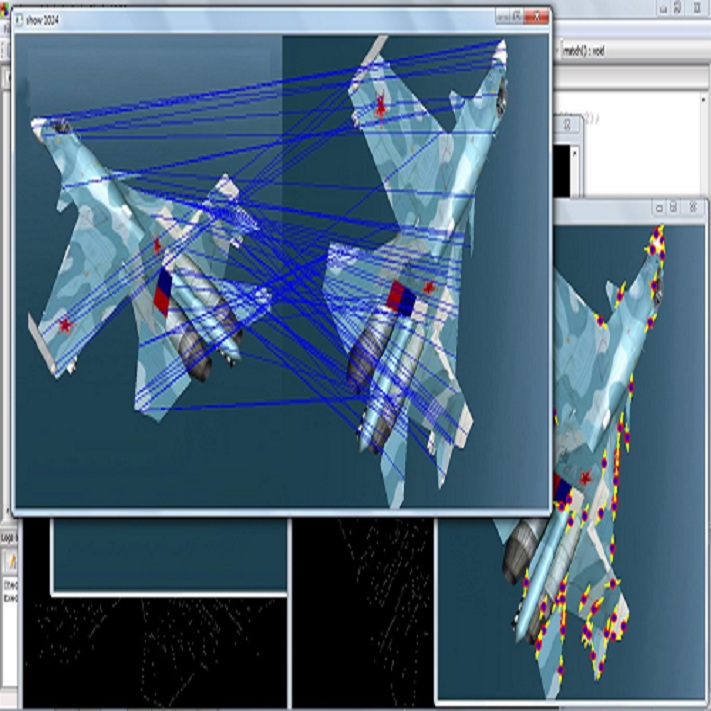Image registration is an inherently ill-posed problem that lacks the constraints needed for a unique mapping between voxels of the two images being registered. As such, one must regularize the registration to achieve physically meaningful transforms. The regularization penalty is usually a function of derivatives of the displacement-vector field, and can be calculated either analytically or numerically. The numerical approach, however, is computationally expensive depending on the image size, and therefore a computationally efficient analytical framework has been developed. Using cubic B-splines as the registration transform, we develop a generalized mathematical framework that supports five distinct regularizers: diffusion, curvature, linear elastic, third-order, and total displacement. We validate our approach by comparing each with its numerical counterpart in terms of accuracy. We also provide benchmarking results showing that the analytic solutions run significantly faster -- up to two orders of magnitude -- than finite differencing based numerical implementations.
翻译:图像登记是一个固有的错误问题,缺乏在所登记的两种图像的氧化物之间进行独特的绘图所需的限制。 因此, 一个人必须使注册正规化, 以实现具有实际意义的变换。 正常化惩罚通常是流离失所矢量字段衍生物的函数, 并且可以用分析方式或数字方式计算。 但是, 数字方法在计算上花费很大, 取决于图像大小, 因此已经开发了一个计算效率高的分析框架。 在注册变换时使用立方B- spline, 我们开发了一个通用的数学框架, 支持五个截然不同的正规化者: 扩散、 曲线、 线性弹性、 第三级、 完全变换。 我们验证了我们的方法, 用准确性来比较每个对应数字。 我们还提供了基准结果, 显示分析解决方案比基于数量执行的有限差异要快得多 -- 高达两个数量级 -- 。




